Sarav is the creator and Founding Author of Devops Junction. He has 13+ years of experience in Software Development and Architecture. He has written around 250+ articles on various technologies.
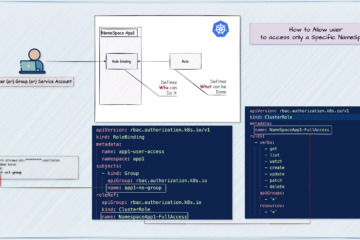
Kubernetes RBAC is a vast subject and it continuously evolves as I pen down this article. In this article let us see some basics of Kubernetes RBAC and move to our objective How to restrict the access of users or groups to a specific namespace. Kubernetes RBAC is powered by[...]
Read more
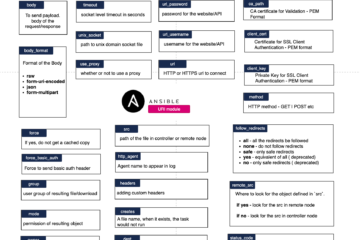
Ansible has become a widely accepted automation platform not just for Infrastructure Automation but for various other use cases Some of them are Web and API automation, Monitoring Automation, Cloud Automation and Infrastructure as a code like Terraform In this article, we are going to see how to use Ansible[...]
Read more
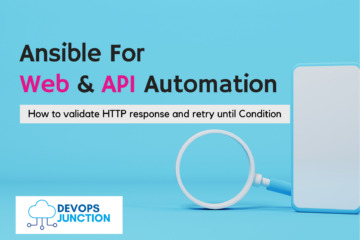
Ansible is used for various types of Automations and use cases. Web Automation, Web Scraping and API Automation are some of them when it comes to Web or API automation there are a lot of URLs and endpoints Sometimes they respond immediately the first time, and sometimes you have to[...]
Read more
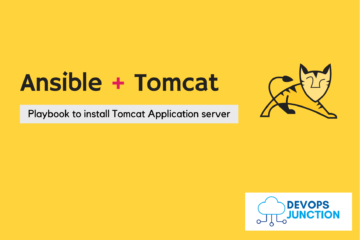
In this article, we are going to share the Ansible playbook for tomcat installation. If you are new to Ansible, refer to our introductory article on the Ansible playbook and come back. Now let us move on with our objective. Tomcat, A web application server powered by J2EE and the most[...]
Read more
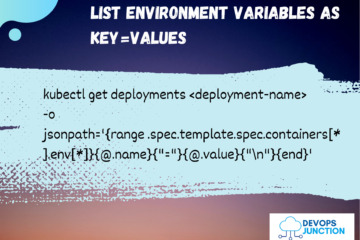
In this quick article let us see how to list the Environment variables of a POD and its containers. Environment variables are common in all ecosystems, Let it be monolith applications or Micro Services. Those who started their journey with Java might be well aware of this Environment variable JAVA_HOME[...]
Read more
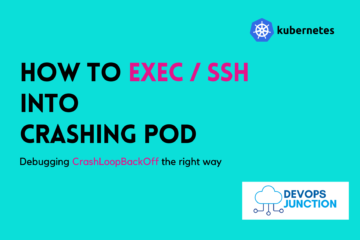
We launch the pods and wait for them to come to a running state but sometimes the pod goes to CrashLoopBackOff state. The Reason could be a mere Capacity issue or an OutOfMemory situation could have happened. which you can find when you describe the crashing pod using kubectl describe[...]
Read more
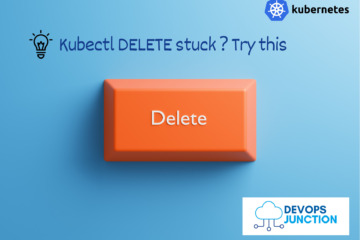
In this article, we are going to see what to do when your kubectl delete command stuck. When you are trying to delete Kubernetes resources such as pod job ingress PVC - Persistent Volume Claim PV - Persistent Volume you might notice sometimes that your kubectl delete pod|job|ingress|pvc is stuck.[...]
Read more
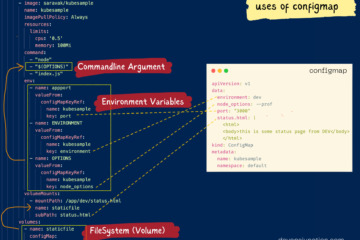
In this article, let us explore Kubernetes configmap and how to create, edit, update, and use them with examples. Configmap as the name suggests holds some configuration information, It can be a fine-grained string or an entire file. It eliminates the need to hardcode the configuration information into the container[...]
Read more
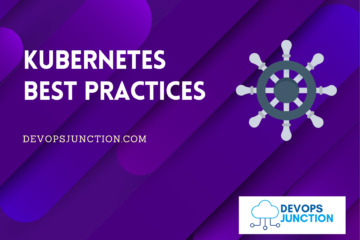
How to Scaledown all the pods and deployments in a namespace. or across namespaces in your current Kubernetes cluster context. At times, you might want to just hibernate your namespace and deployments by scaling down the pods to 0 For some cost savings, let's say you want to keep your[...]
Read more
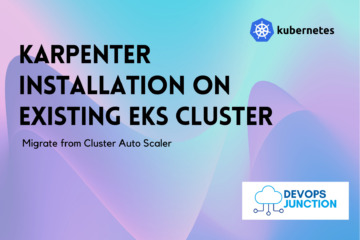
Karpenter Auto Scaler is fairly advanced and provides a lot of Customization options than its predecessor Cluster Auto Scaler. (CA) In our previous article, we have seen how to install and set up Karpenter Auto Scaler into a new EKS Cluster using Terraform. In this article, we are going to[...]
Read more










